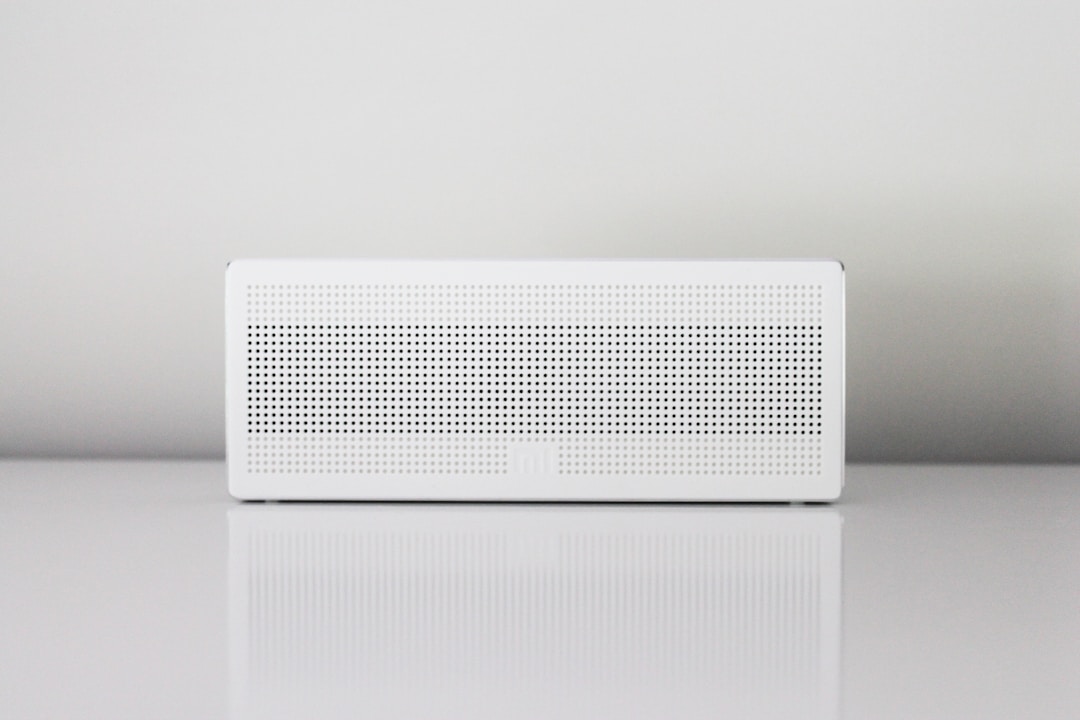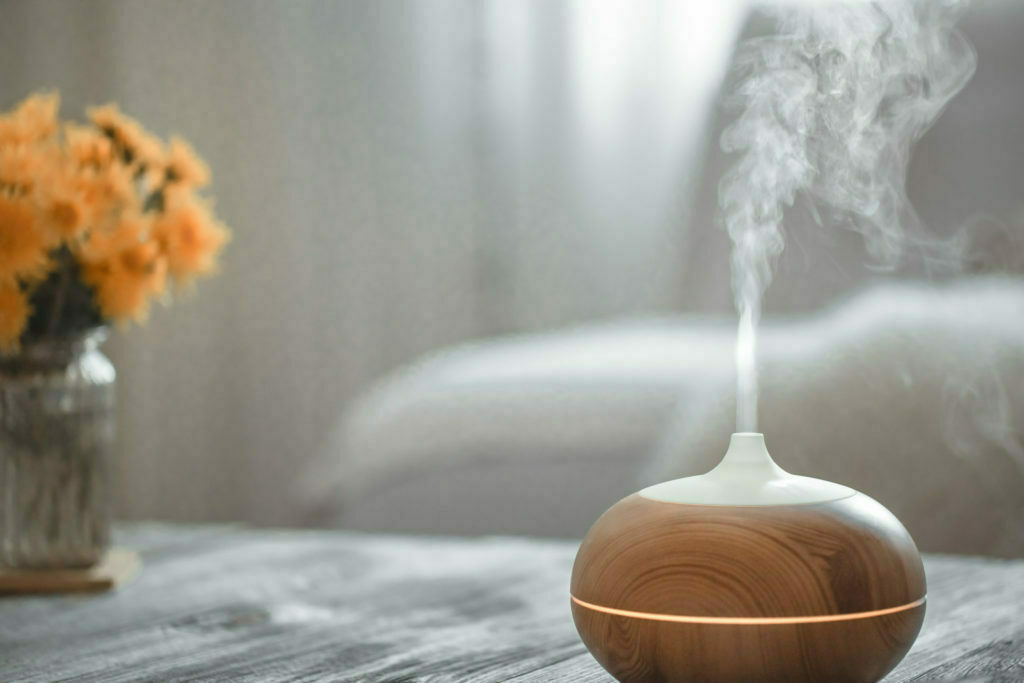According to the U.S. Environmental Protection Agency (EPA), the ideal humidity level ranges between 30 and 50 percent. However, understanding a humidity reading can be a daunting task, and depending on how low or high your home humidity level is, you may need a humidifier or a dehumidifier. Often, that’s where the challenge lies for many homeowners. How do you make the right choice? Furthermore, what’s the difference between humidifier and dehumidifier? Continue reading as this article will help you determine which one you need.
What is a humidifier?

During extreme winter months, when your indoor air is dry and crisp, breathing can be uncomfortable, and you might need a humidifier to increase the moisture content in an indoor space. You can find two different types of humidifiers on the market today: Some offer warm mist while others let out a cool mist.
Both warm and cool mist humidifier options increase indoor humidity levels, but each uses a different mechanism to obtain the same result. Cool mist humidifier devices have common features, including a disc blade and a tank to store water. The humidifier sprays tiny water droplets into the air after immersing its spinning disc blade is immersed in the stored water, producing moist air.
On the other hand, warm mist options moisturize the air by turning hot water into steam. Just like the overarching function of humidifiers, the benefits are the same and endless. You receive moisturized air that reduces the likelihood of sore throat, nose bleeds, and other airway infections like bronchitis.
What is a dehumidifier?
The purpose of a dehumidifier is to rid your home of too much moisture. Excess moisture can have many adverse effects on your home. When your indoor air contains water vapor exceeding 60 percent humidity level, it gives room for the growth of mold, mildew, and dust mites which can damage your belongings. High humidity can also increase seasonal allergies and several respiratory illness types.
The best time to use a dehumidifier is during the summer months, as dehumidifiers suck in hot air using a fan and produce cool air into the atmosphere. As the warm air in your room shrinks, condensation occurs, restoring the room temperature with drier air.
Dehumidifiers come in several types, including refrigerative, electronic, desiccant, and ionic options. Additionally, air conditioners can also pass as dehumidifiers even though their main function is cooling. However, an AC’s impact might be minimal compared to an actual dehumidifier. What’s more, dehumidifiers have both hot and cold coils, and the room’s air passes over the cold could for condensation to happen. The refined air passes over the hot coils on the way out so your room can return to the right humidity level.
If you must use an AC for high humidity needs, ensure it supports two-way functionality. An air purifier can also work in place of your dehumidifier. It can remove irritating pollutants such as dust mites and spores, aggravating asthma symptoms and other respiratory diseases.
What are the differences between the two?

The distinct differences between a dehumidifier and a humidifier can include:
- Function: The main aim of a humidifier is to increase moisture content when your home’s air is dry. A dehumidifier does the opposite.
- Weather condition: Dehumidifiers work best in a humid climate, and the best time to use one is when you notice humidity levels exceeding 50 percent. But if your humidity metering device shows a humidity level below 35 percent, you need a humidifier.
- Effects: Dry air can lead to symptoms like dehydration, dermatitis, etc. Humidifiers keep the skin from drying out and reduce a homeowner’s vulnerability to nasal congestion. Homeowners can also avoid headaches and allergies by using a dehumidifier.
While having one of these two options is ideal based on personal preference or RH levels, investing in both can be the best protection for your home.






